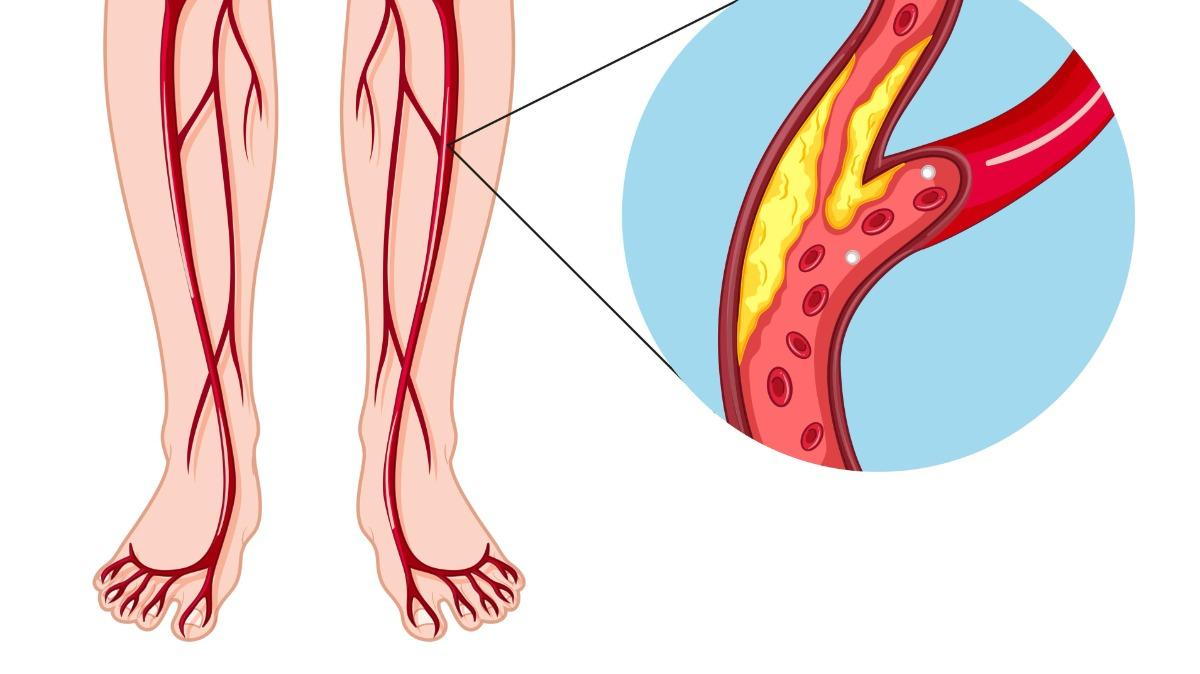Peripheral Arterial Disease
posted: Jul. 06, 2020.

Peripheral Arterial Disease, or PAD, is a circulatory problem in which the body’s arteries are narrowed or blocked and make it more difficult for blood to travel to the limbs. Symptoms of peripheral arterial disease include pain or cramping in the legs when walking as well as pain in the legs and feet at night or when the legs are elevated. PAD can also cause hair loss on the legs on feet as well as discoloration. It can also lead to open sores, ulcers, developing on the toes and feet. If PAD is left untreated and continues to worsen, the tissues in the leg and foot may die due to low levels of oxygen as a result of lack of blood flow. If PAD is left untreated it can potentially lead to infection, gangrene and ultimately amputation. However, there are ways to prevent this from happening. Those with PAD are advised to quit smoking, aim for healthy cholesterol and blood pressure levels, eat foods with low amounts of saturated fats, and if you are diabetic, keep your blood sugar in control.
